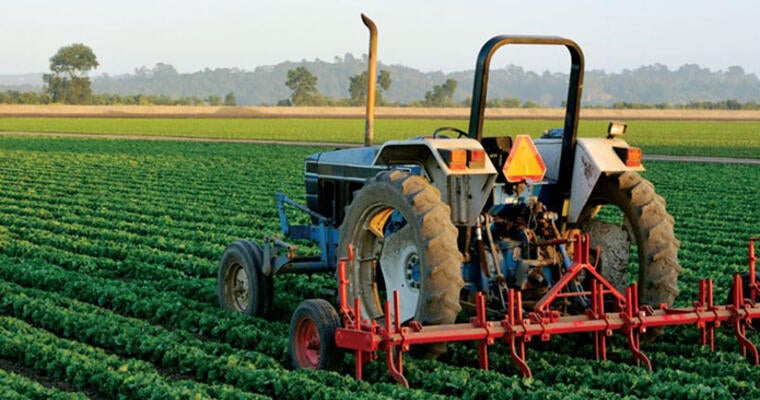Diners are becoming increasingly interested in understanding how food production practices are impacting the earth’s natural resources, and how these resources will be affected as the global population continues to grow. Industrial innovation has given us the ability to feed more people than ever before. And these technological advancements allow consumers to connect with information about how their food choices impact the future of the planet. As more diners consider how food production, food processing and transportation effect the environment, their food choices may also change. It is important to understand what consumers’ value when making food choices because this information can be used to help you provide the options they might be looking for.
According to trend research, Generation Z (our youngest generation, born 1993 or after) is especially aware of their impact on the earth, and they tend to look for food choices that are natural, organic, and sustainable. This means that as we move into the future, these issues may affect the foodservice business and food landscape more and more.
Generation Z food preferences have driven an increased interest in vegetarianism, natural foods, and local sourcing. Some of this may be due to environmental concerns raised by questions about how to feed a growing global population using current production methods.
Types of Food That Contribute to Environmental Concerns Because They Require More Energy and Typically Release More Pollution:
- Foods high on the food chain – particularly large ruminant animals (cows, goat, sheep).
- Animal feed requires fertilizer and irrigation water; emissions are also required if forest land is converted into grazing land.
- Methane is released from their digestion and manure.
- Seafood.
- Open-ocean fishing fleets depend entirely on fossil fuels.
- Highly sought-after fish (i.e., bluefin tuna and swordfish) are typically overfished, resulting in additional sea travel and increased emissions.
- Highly processed foods.
- More steps in the production process means more energy used.
- Imported foods.
- More fossil fuels are used when transporting food over long distances.
Consumers Trying to Reduce the Carbon Footprint of Their Food Choices May Consider Including These Dining Practices:
- Eat lower on the food chain – more fruits, vegetables, and grains, and less red meat.
- Choose local or sustainable fish and seafood that is lower on the food chain (mussels, clams, squid).
- Look for fresh foods with the fewest processing steps.
- Buy organic – organic farms don’t use synthetic pesticides or fertilizers which degrade air and water quality.
- Watch your waste – water, energy, pesticides, and pollution went into the production of the wasted food, and food waste ends up in landfills where it releases methane gas as it decomposes.
Sources:
https://www.nrdc.org/globalWarming/files/eatgreenfs_feb2010.pdf
www.getflavor.com/generational-flavors/










